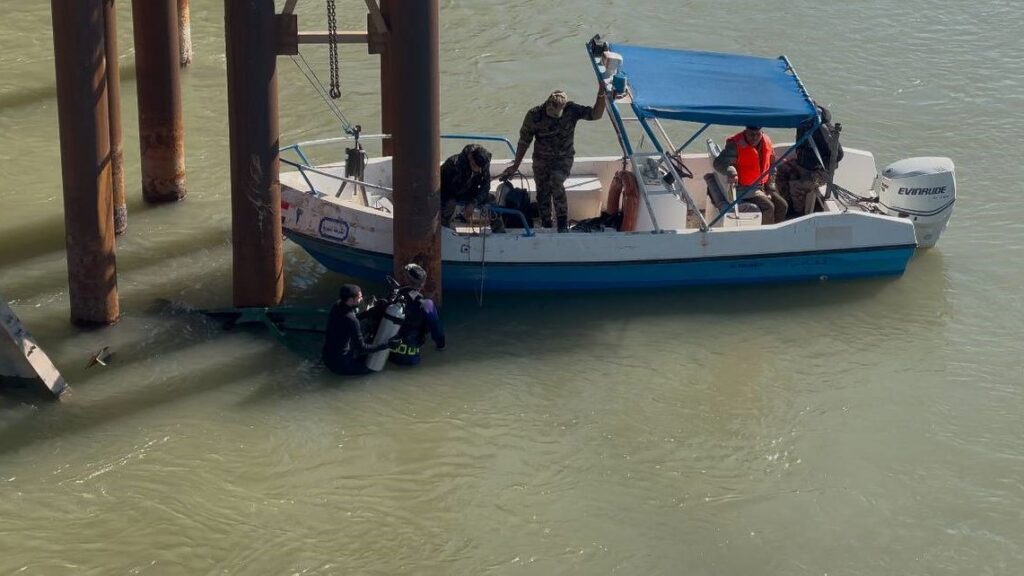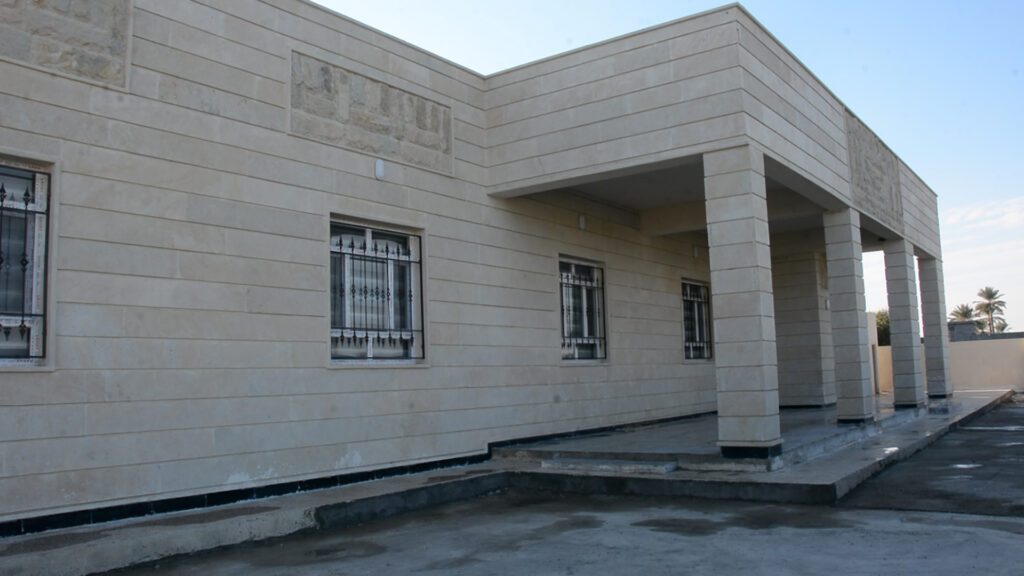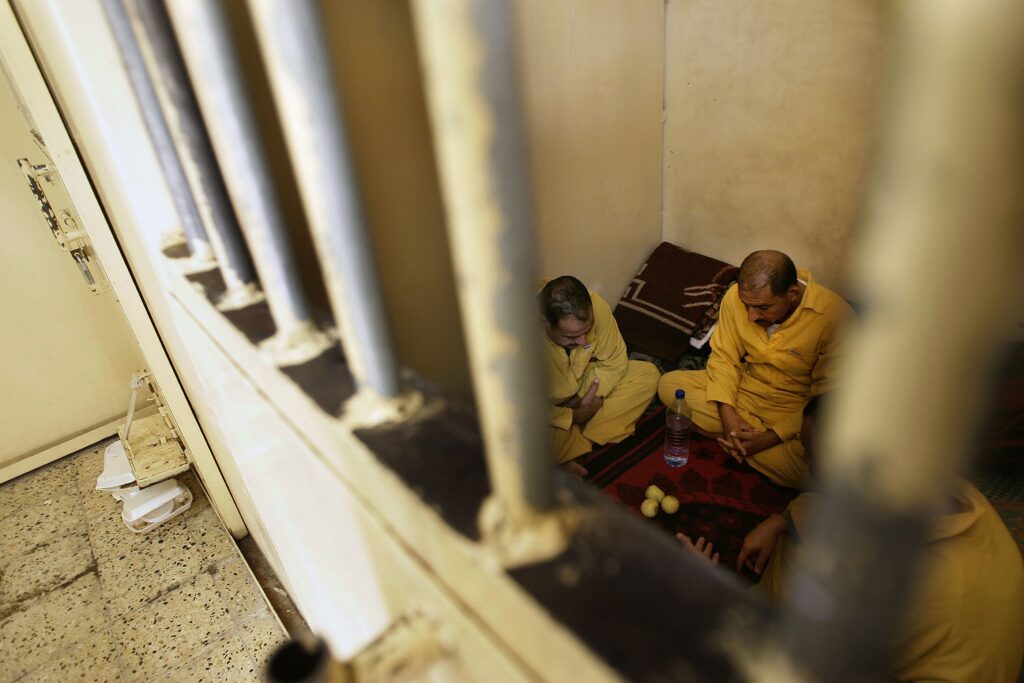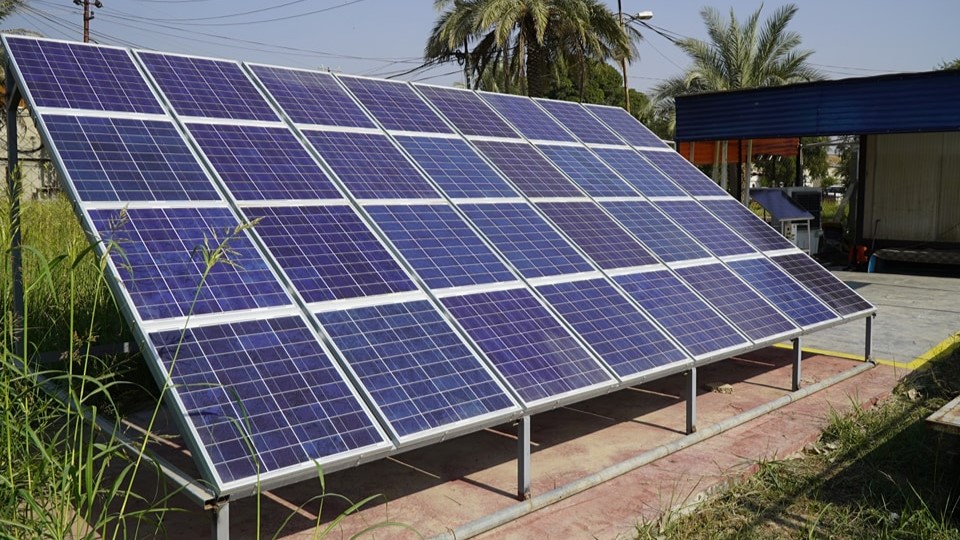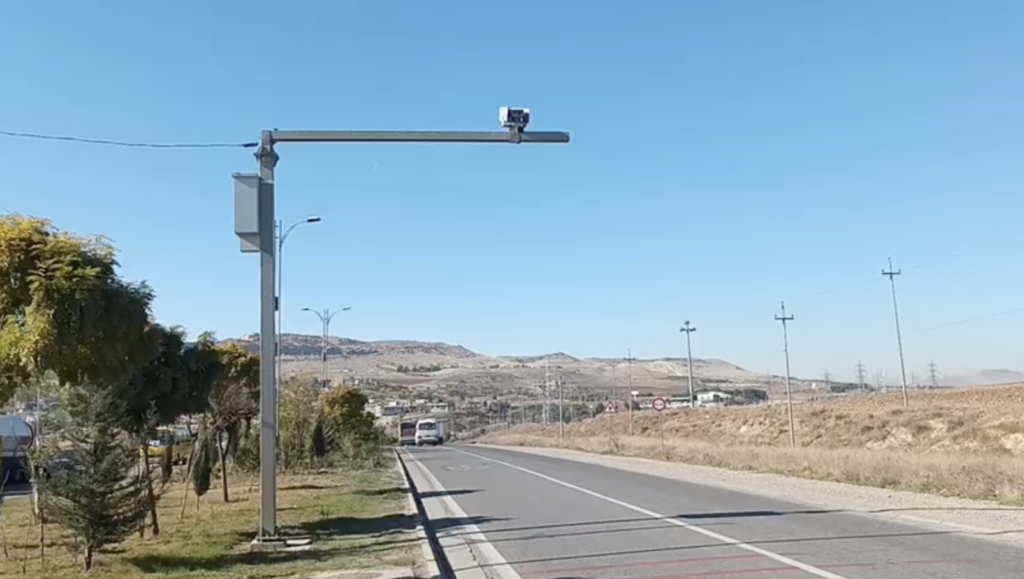Spain: UNHCR Europe Monthly Report (June 2019)
TRENDS AND KEY FIGURES
Some 8,500 refugees and migrants arrived in Europe via the three Mediterranean routes in June 2019. In the first six months of the year, the number of refugees and migrants arriving in Europe by these three routes dropped by 36% from 58,000 in 2018 to 37,100 in 2019. The primary reasons for the decrease include the changes in responses to rescue at sea off the Libyan coast such as limited access to European ports for disembarkation (which has also impacted rescues by merchant vessels), the removal of EUNAVFOR Med naval vessels from off the Libyan coast, and the restrictions placed on NGOs. These have contributed to an 81% reduction in the number of refugees and migrants arriving from Libya to Europe (from 11,500 to 2,100). In addition, changes to Spain’s approach to search and rescue in the Western Mediterranean limited the areas of operations, resulting in a 26% reduction in the number of arrivals to Spain (from 17,900 to 13,300). As of the end of June, most refugees and migrants entering Europe via the Mediterranean routes did so via Greece.
Greece: Some 18,400 refugees and migrants arrived in Greece by land and sea in the first half of 2019, a 21% reduction compared to the first half of 2018. The number of people crossing the sea dropped by 6%, including due to an increase in the number of people being intercepted or rescued by the Turkish Coast Guard in the Aegean Sea, while the number of people entering by land dropped by 41% (from 9,400 to 5,500), including due to stricter enforcement on the other side of the border as well as continued push-backs from Greece at the land border. Some 35% of those who have arrived by sea in Greece so far in 2019 have been from Afghanistan, along with 16% from the Syrian Arab Republic and 12% from the Democratic Republic of Congo. Many people have arrived in family groups and so far 39% of arrivals have been men, 25% women, and 36% children. In the Evros region, in response to increased difficulties in crossing the land border, more people began arriving by sea in June (72% of Evros arrivals in June, compared to 45% in May).
Spain: In the first half of 2019, some 13,300 refugees and migrants arrived by land and sea in Spain. While land arrivals at the enclaves remained generally consistent (a 3% decrease compared to 2018), arrivals by sea dropped by 30% following Spain’s decision in February to limit rescues to Spain’s Search and Rescue Region, as well as increased measures to prevent departures from North Africa. In the first half of 2019, most people arriving in Spain were from Morocco, Mali, and Guinea.
Italy: Some 2,800 refugees and migrants arrived by sea in Italy in the first six months of 2019, an 83% decrease (from 16,600 in the first six months of 2018). In addition to the decrease in sea arrivals from Libya, the number of people crossing from Tunisia (mostly Tunisians) has also dropped by 77% to just under 800 from some 3,400 in the first half of 2018. While in previous years the vast majority of people arriving by sea to Italy had departed from Libya, in the first half of 2019 around 32% of people who reached Italy by sea departed from Libya, 28% from Tunisia, 24% from Turkey, 9% from Algeria and 7% from Greece. As a result, the primary nationalities were Tunisians (21%), Pakistanis (15%), and Algerians (10%). The primary nationalities arriving in Italy from Libya in this period were Bangladeshis (22%),
Ivoirians (13%), and Sudanese (9%).
Malta: While the number of sea arrivals from Libya to Italy had decreased in the first half of 2019, those arriving to Malta had increased as more regular disembarkation of people rescued after departing from Libya only resumed in June 2018. So far this year, some 1,300 refugees and migrants have arrived in Malta by sea after departing from Libya (compared to 239 in the first half of 2018). Some 83% of sea arrivals to Malta in 2019 were rescued in the Maltese Search and Rescue Region, almost all by the Armed Forces of Malta. Most people who were disembarked in Malta after departing from Libya were from Sudan (39%),
Eritrea (14%), and Nigeria (8%).
Western Balkans: In the Western Balkans, some 11,000 people have been recorded as having arrived in Bosnia and Herzegovina irregularly this year, a 42% increase compared to the same period last year. Most people reported coming from Pakistan, Bangladesh, Syria, Iraq and Afghanistan. Similarly, some 10,300 newly-arrived people, including over 1,600 unaccompanied or separated children, have been observed by UNHCR and partners in Serbia where the primary nationalities have been Afghans and Pakistanis. Push-backs continue to be widely reported across the region, including the use of violence, while 13 people are known to have died along the route so far this year, including while trying to hide in vehicles to cross borders and drowning in border rivers.
Dead and missing: In the first half of 2019, 585 people are believed to have died or gone missing at sea. The majority of deaths took place in the Central Mediterranean where 341 people were believed to have died, including 22 in June after a boat with 95 people on board capsized off the coast of Libya near Garrabulli. A further 193 people are believed to have died at sea between North Africa and Spain including 33 in June. Of the deaths in June, 22 people died or went missing at sea in an incident off Morocco’s Ras Taksefi peninsula. The 27 survivors were spotted by a ferry at the edge of Morocco’s territorial waters almost 24 hours after an alert had been raised about the missing group.[1] In addition, 51 people have died at sea along the short route between Turkey and Greece, including 19 in two incidents in June. The ratio of deaths at sea compared to sea arrivals to Europe after the first half of 2019 was one death for every 48 arrivals to Europe compared to one death for every 35 arrivals in the first half of 2018.

